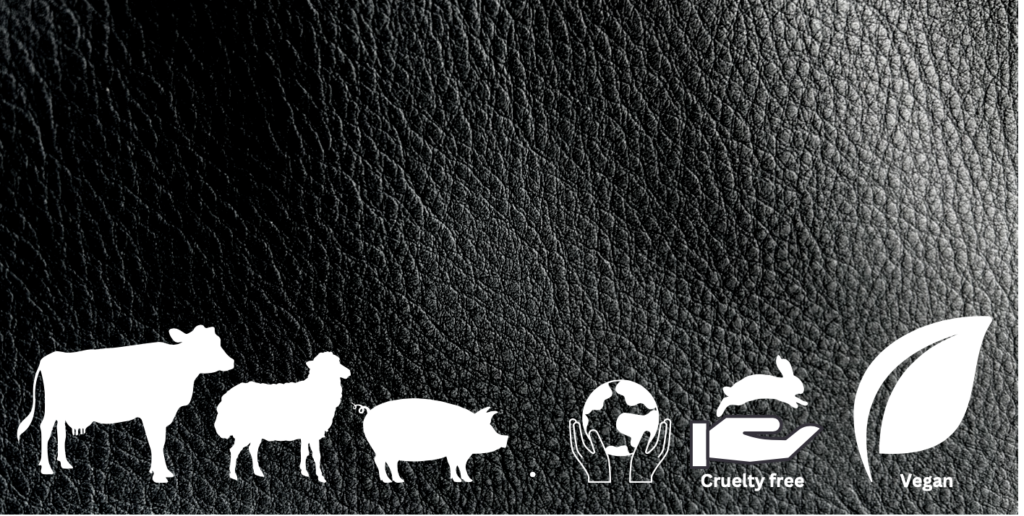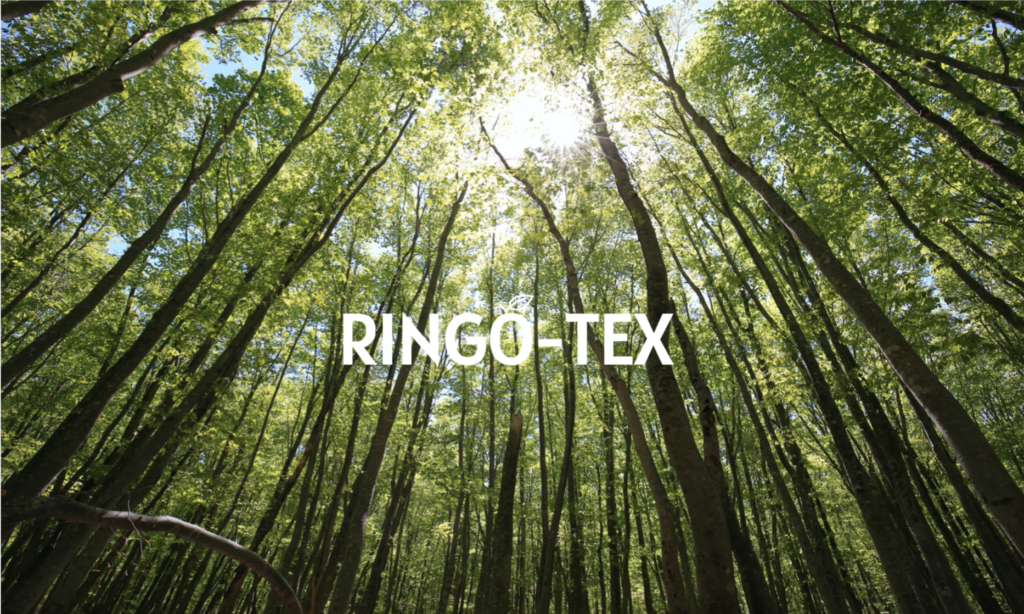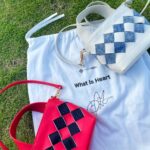
With the uprising concept of veganism, more and more people are becoming aware of vegan leather. So what exactly is vegan leather? Vegan leather is an ecological substitute for real animal leather, produced with a mixture of polyurethane and organic materials like plants, fruits and fungi. With the growing concern about the negative environmental impact of real leather, there is a dire need for environmentally friendly options like vegan leather. Vegan leather is made in a way that involves no animal cruelty during the production process. Plant based vegan leather is easily recyclable and biodegradable as well. Essentially, vegan leather helps achieve sustainable development goals such as climate action, responsible consumption and production and also supports in making cities and communities more sustainable.
One of the main concerns of a new vegan leather user is how different vegan leather is compared to the real thing. While there are some differences between these two materials, the two materials are heavily similar. Here is how vegan leather is compared to real leather.
Source
The main source of real leather is the skin of cattle, calves, pigs, sheep, lambs, goats, and less commonly, with the skins of crocodiles, snakes, kangaroos, zebras and elephants. Within the vegan leather category there are two main branches, first being leather made out of completely synthetic leather made out of polyurethane (PU) and the second being the plant based vegan leather made out of plant based materials such as apple peel, pineapple leaves, mushroom mycelium, coconut, cactus, flowers, and so on. Currently, most of the plant based vegan leather companies are using a mixture of PU and plant waste.
Production Process
The process of making real leather compared to vegan leather is quite different. The production of real leather starts from collecting the raw material known as animal hide. Next, the hides are cleaned from flesh, blood, hair and dirt. These are then processed in chemicals to extract the collagen. This is then tanned, dyed, and given finishing touches to make leather products.
Different types of plant based leather are made differently according to the base material. When making apple leather, the byproducts of apple production are sent to processing plants where the apple residue is turned into powder and mixed with synthetic materials. The pulp is then coated onto canvases to make the apple leather.

Other Characteristics
- Although the most popular leather colors are brown and black, real leather and vegan leather can both be dyed into any color
- Because of the fibers, real leather is much stronger and more durable. Good quality vegan leather is not second to real leather as it is also durable and strong.
- Real leather needs to be maintained carefully, otherwise it tends to crack and peel off. Unlike real leather, vegan leather is not prone to cracking or peeling.
- If the prices of the two materials are compared, real leather tends to be much more expensive than vegan leather.
- For sustainability conscious consumers, real leather is not considered to be sustainable as they are made out of animal skin and processed using a sizable amount of chemicals. Vegan leather is thus the perfect sustainable substitute because of its use of organic materials.

In conclusion, vegan leather is a more sustainable alternative for real leather with the same advantages and many more benefits. By choosing vegan leather, you are helping the environment and also contributing towards leaving a better world for the future. appcycle is taking a step towards this goal by introducing RINGO-TEX. To find out more about appcycle and RINGO-TEX, browse this website and follow our Instagram.
We hope you enjoyed our new blog. Feel free to follow us on social media and check out other articles on the official appcycle blog.
Check out our previous post on the differences between real leather and vegan leather:
https://appcycle.jp/blog-en/vegan-leather-what-it-is-why-we-love-it-and-how-to-use-it/





